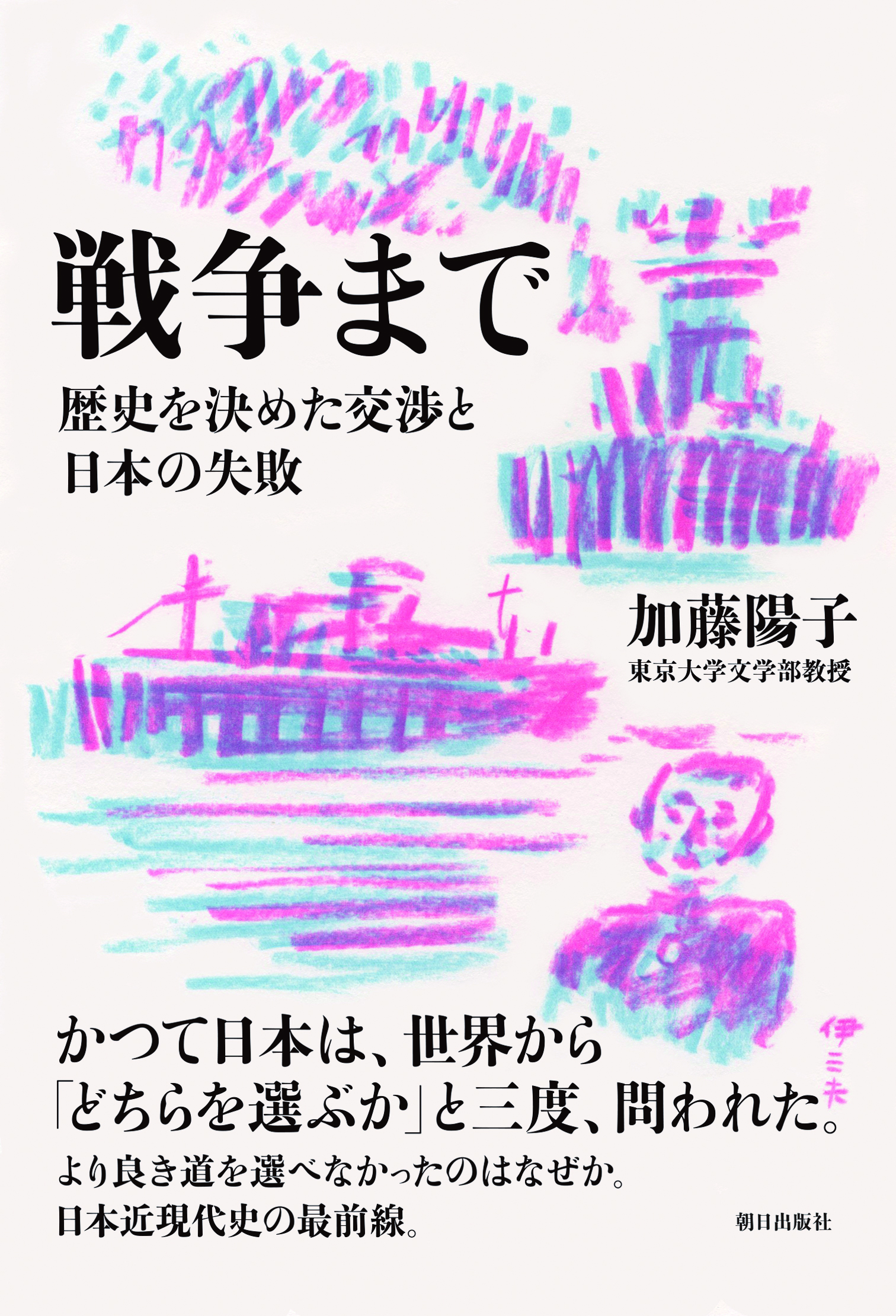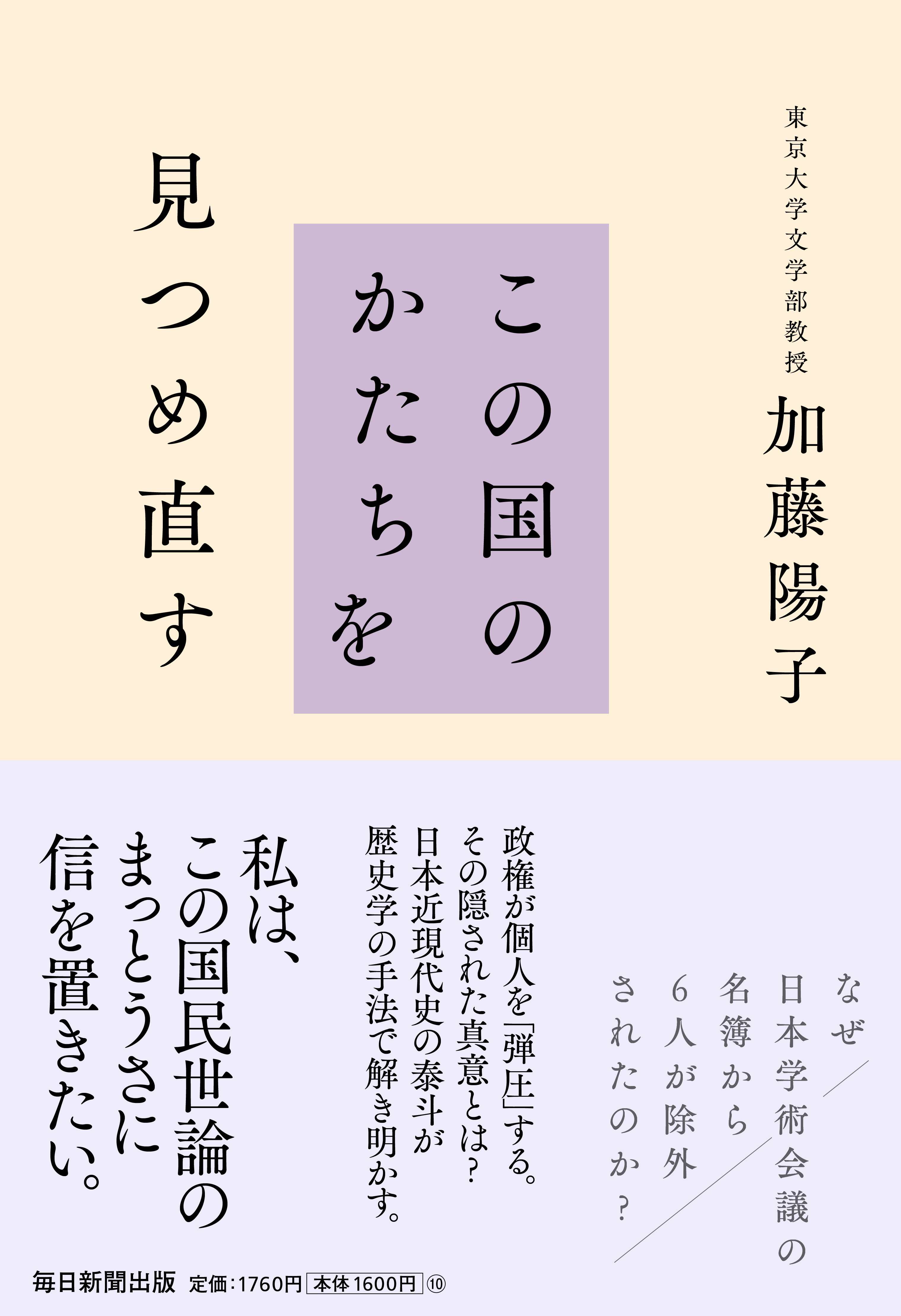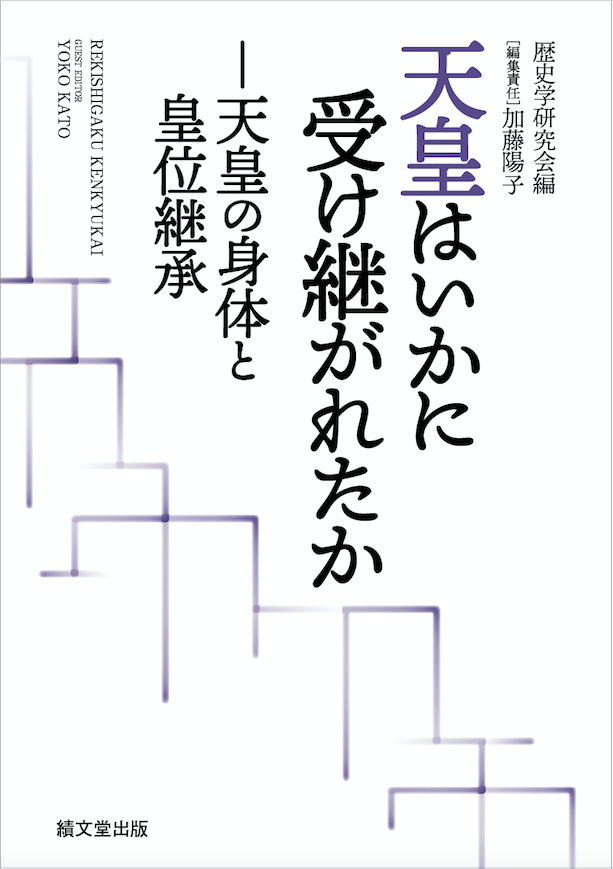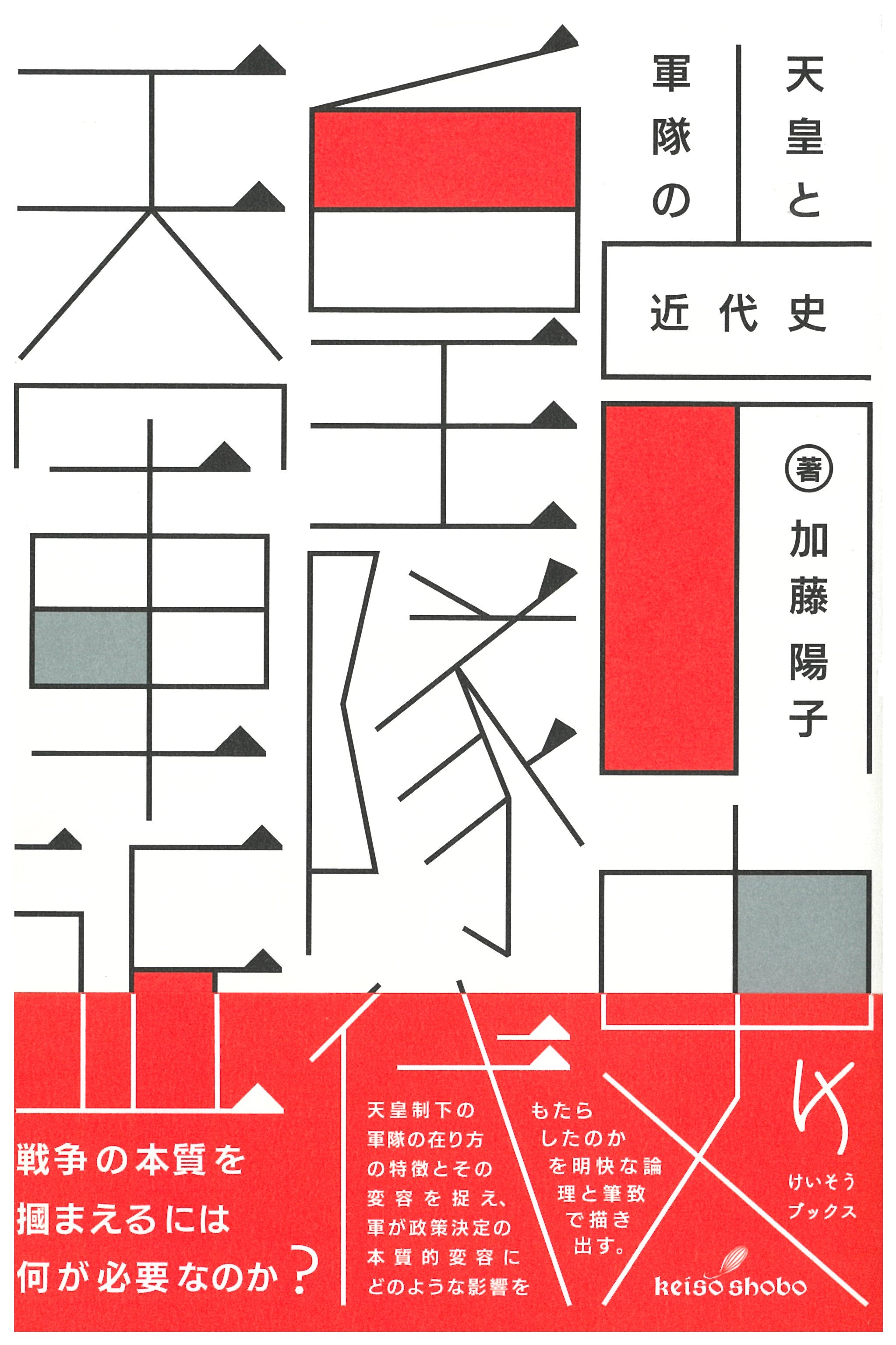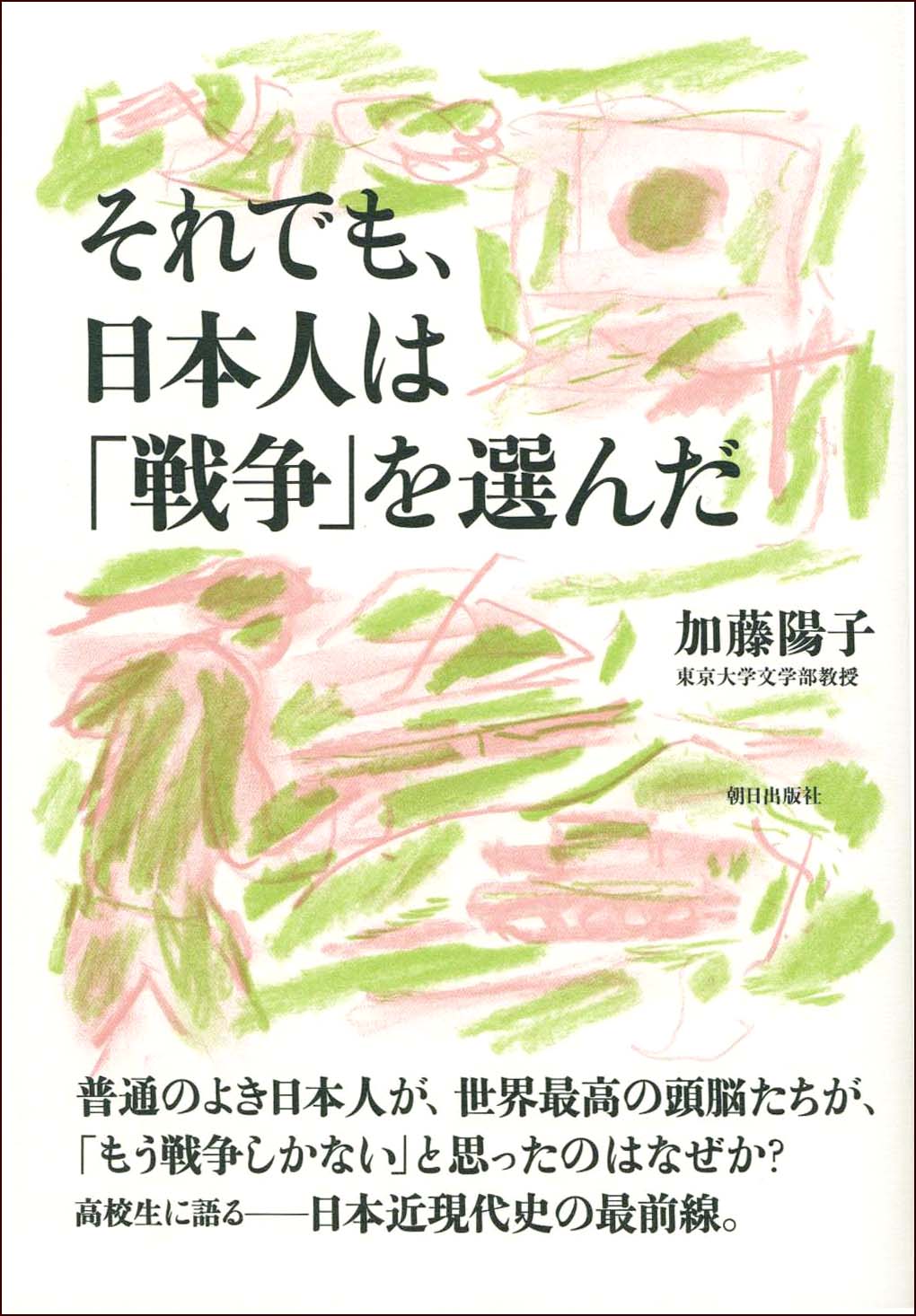
Title
Soredemo Nihon-jin ha ‘Senso’ wo eranda (And, Still, Japan Decided to Go to War)
Size
416 pages, 127x188mm, softcover
Language
Japanese
Released
July 29, 2009
ISBN
9784255004853
Published by
Asahi Press
Book Info
See Book Availability at Library
Japanese Page
As embarrassing as it is to say, the job of a university professor is to “teach what one knows in as difficult a way as possible.” Being such a professor, I love reading books and historical documents quietly by myself but, truth be told, I do not feel comfortable teaching my undergraduate and graduate students. That being said, as crazy as it may sound, I decided to describe my experiences teaching and talking with actual junior and senior high school students (students of Eiko Gakuen in Kanagawa Prefecture) over five days. The result is this book.
Normally, I teach modern Japanese history to doctoral students. However, on one occasion, I gave lectures on modern Japanese history to master’s program students. Teaching students who had not yet selected areas of specialization was unexpectedly enjoyable, and I ended up publishing a book based on my lecture notes titled Senso-no Nihon Kingendaishi [Modern Japanese History Related to War] (Kondansha, 2002). My plan was to pinpoint precisely the arguments used by Japan, a country that had engaged in a major war nearly every decade starting with the first Sino-Japanese War (1894-1895) up to the Pacific War, to justify these wars to the Japanese citizens.
This book examines the same time period as Modern Japanese History Related to War but has a broader field of view. For example, in the prologue, I discuss various issues in the context of conversations with students, including (1) what foreign affairs perceptions are common between the United States after the terrorist attacks on 9/11 and Japan during the Second Sino-Japanese War, (2) why a nation needs to establish a new social contract after a war producing mass casualties, and (3) how the fundamental principles of Japanese society were rewritten as a result of the Pacific War, taking Rousseau’s view of war as attacking the opposing country’s constitution which represent the fundamental principles underlying a society. My goal was to take adequate time to extract the essential characteristics of war.
The themes examined in this book, in brief, include how the intermittent wars engaged in by Japan influenced international relations, the regional order, and the societies of the countries concerned and what changes occurred before and after each war. Wars continue to be undertaken earnestly as a just course of action, despite repeatedly pushing the people in one’s own country and other countries to the brink of despair. I would like readers to read this book while imagining what they would have done if they were responsible for proposing war policies and strategies or were sent as settlers to Manchuria.
Although the illustration on the cover of this book has a gentle feel, the content is far from simple. Furthermore, the book does not present a geocentric view centered around Japan, as is the tendency of books on Japanese history, but rather includes the Chinese perspective, the perspective of major world powers, and ample findings of the latest research. The book discusses the First Sino-Japanese War as the result of competition by Japan and China to exercise leadership in East Asia and the Russo-Japanese war, whose significance as perceived by the Russians lay in the introduction of new military strategy in the form of combined ground and naval attack (the Siege of Port Arthur), from the standpoint of someone witnessing these events unfold in real time. I encourage readers to have a look.
(Written by KATO Yoko, Professor, Graduate School of Humanities and Sociology / 2018)



 Find a book
Find a book


